Beyond the stars, there is still more unknown waiting, and Wang Chun is still on the road.
Written by: Yanz, Liam
Edited by: Liam
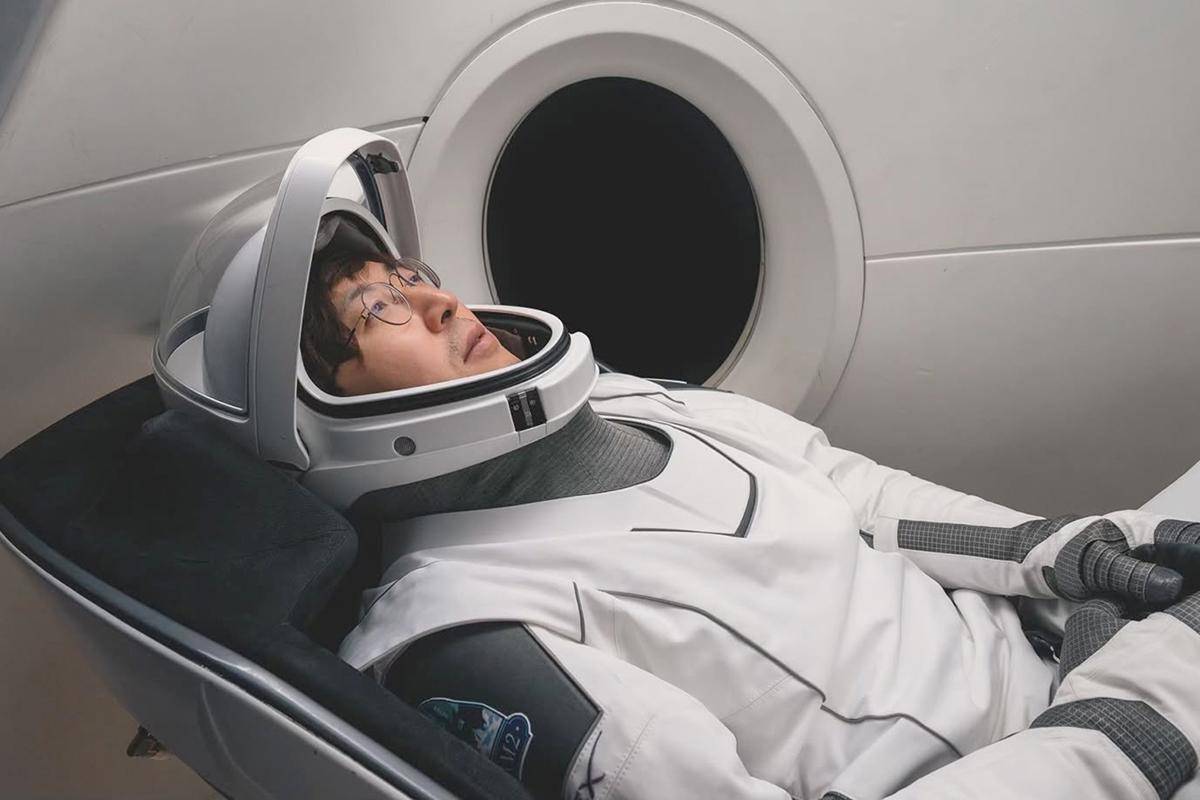
On the evening of March 31, 2025, at Cape Canaveral Air Force Station in Florida, SpaceX's Falcon 9 rocket soared into the sky amidst brilliant flames.
Carrying the Dragon spacecraft "Resilience," the rocket broke the sound barrier, pierced through the atmosphere, and headed towards an orbit that humanity has never set foot in—Earth's polar orbit.
"Fram" means "to move forward" in Norwegian and is also the name of a pioneering polar exploration ship from the late 19th century. In 1893, this ship, known as "Fram," led scientists to open a new chapter in human exploration of the polar regions.
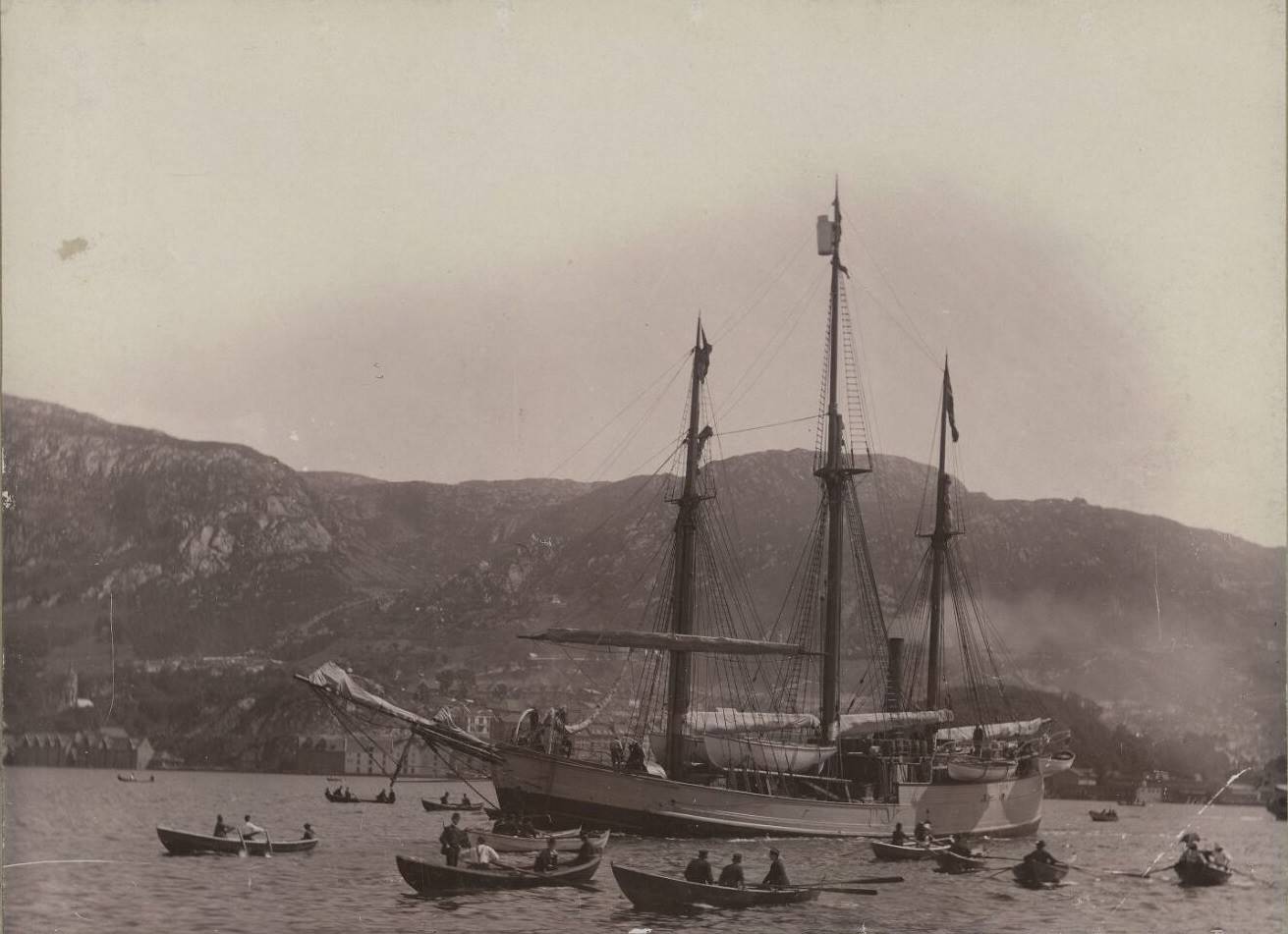
In the past 60 years, humanity's space endeavors have made tremendous progress: leaving footprints on the moon, sending probes to the edge of the solar system, and even establishing space stations. However, no manned spacecraft has ever flown over the Earth's poles until the arrival of Fram2.
Fram2 created a milestone in space history, allowing humanity to observe the Earth from a polar perspective for the first time.
Even more surprising, Fram2 is not a space exploration mission funded by any national government, but an exploratory journey financed by a Chinese entrepreneur with an investment of $200 million.
This low-key and mysterious entrepreneur is named Wang Chun. As a significant figure in global Bitcoin mining, his achievement makes him the second private space mission initiator in history, following billionaire Jared Issacman (current NASA director).
Before the mission began, his friend Bao Er Ye posted on X, stating that Wang Chun did not make any Bitcoin private key backups and had expressed that if the mission encountered danger, his Bitcoin would be equivalent to permanent destruction.
What kind of person is Wang Chun?
What kind of belief drives a person to bet their life on the scale of exploration, pouring $200 million just to seek that unknown answer in space?
The Legend of Two Graphics Cards
On May 28, 2011, at a price of $8.7 each (converted), Wang Chun bought his first Bitcoin.
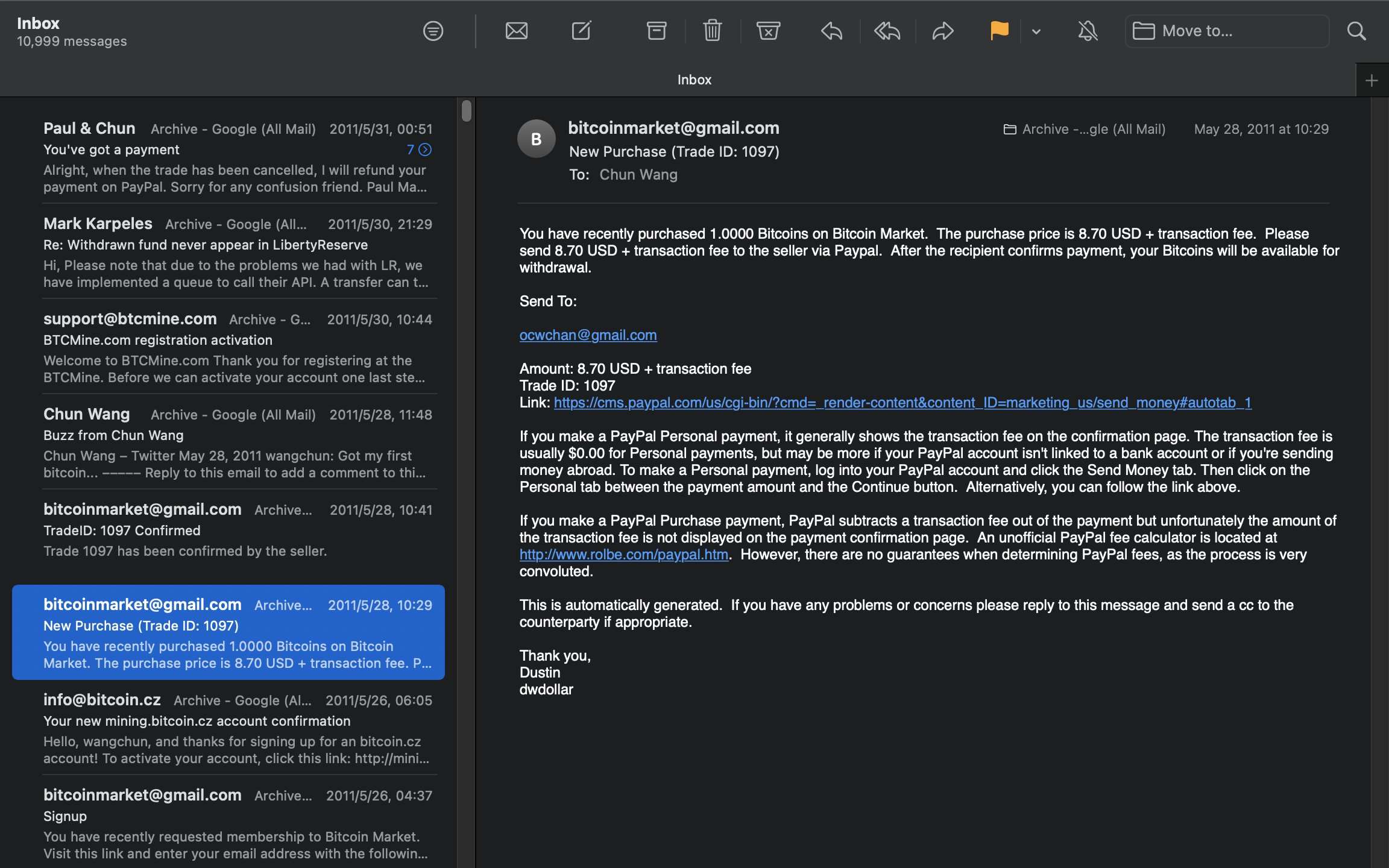
The story began in April when two news articles from the tech site Solidot introduced Wang Chun to Bitcoin for the first time.
At that time, Wang Chun knew nothing about economics and finance, but this tech geek, driven by intense curiosity, spent a sleepless night on the wiki page of en.bitcoin.it.
That night, he studied all the content on the site, as if he had discovered a new continent.
The following story is filled with a geeky spirit of experimentation and the boldness of an adventurer. He attempted to mine using his MacBook, but ended up with nothing.
On May 28, 2011, he went to Zhongguancun, bought two graphics cards, and assembled a "Bitcoin mining machine," posting a few photos of his equipment on http://forum.bitcoin.org (now known as bitcointalk).
Just two days later, he felt "the speed was still too slow, and the mining was still too little," so he chose to collaborate with another early Bitcoin player, who later became the founder of Bixin, Wu Gang.
On June 1, 2011, the two embarked on a bolder adventure: spending a month acquiring dozens of mining machines, renting four houses, and setting up a small mining farm.
The equipment was incredibly rudimentary—dusty second-hand motherboards, 512MB memory sticks, Ubuntu systems installed on 4GB USB drives, and even the electricity meter had been "modified." Even with its simplicity, the "angel funding" for this adventure came from Wang Chun's father, a small business owner in Tianjin, who lent $40,000.
However, it was these unpretentious machines that opened the door to the world of Bitcoin mining for him.
In the first two years, this rudimentary mining farm brought Wang Chun a profit of 7,700 Bitcoins.
However, when asked about the whereabouts of these Bitcoins, Wang Chun always responded with a hint of self-deprecation: "I paid 4,000 for electricity, bought an iPhone for 660, which ended up being stolen at the St. Petersburg subway station."
What made him both laugh and cry was that the remaining Bitcoins were sold off in early 2013 at a price of $17 each.
In 2013, Zhang Guo (Zhang Nenggeng) released the first mining device based on ASIC chips, leading to a significant increase in network computing power and marking the end of the GPU mining era.
At this turning point in Bitcoin mining, Wang Chun's career also reached a turning point.
In April 2013, he partnered with "Seven Colored Fish" (Shen Yu) to establish F2Pool, the first Bitcoin mining pool in China, which later developed into one of the largest comprehensive mining pools in the world.
The name comes with a bit of "Wang Chun-style humor"—"Fish" is derived from the ID of Seven Colored Fish, and "2" is the first digit of Wang Chun's QQ nickname "2523."
Unlike a mining farm, a mining pool is similar to a virtual "mining cooperative," where numerous Bitcoin mining machines unite to concentrate computing power for "mining," distributing profits according to each participant's contribution.
Around 2018, Wang Chun founded a second company, Stake.fish, in Thailand, focusing on staking services for blockchain assets under the POS mechanism.
To achieve globalization, he assembled an international team spanning 16 nationalities across 11 regions. He proudly stated: "What I want to create is a company like Facebook and Google."
In terms of work, Wang Chun has reached a level of obsession; he is extremely diligent, working day and night.
Notable KOL in the crypto industry, Super Jun, recalled that he once stayed at Wang Chun's home in Phuket and woke up in the middle of the night to find him still discussing the architecture of Stake.fish with a Dutch employee. Most of his energy was spent writing code and studying his favorite subjects in mathematics and physics, along with global check-ins.
In his work, Wang Chun has strict requirements for himself and his employees, paying great attention to detail.
"His biggest complaint about me was that I didn't use punctuation correctly in emails, wrote the 'P' in F2Pool in lowercase, and stepped on his weighing scale," recalled Zhang Li, a former CMO of F2Pool.
Xiao Mao Ge, who once worked at Stake.fish, stated that Wang Chun required everyone to speak English at work and not make any expression errors. Wang Chun learned English on his own and speaks it fluently.
Wang Chun enjoys hiring different or talented individuals, often posing numerical "IQ test questions" during interviews, but he also admitted, "Geniuses have one particular difficulty: they are hard to manage."
Wang Chun is interesting at work; he loves interacting with Bitcoiners from around the world, but outside of work, he seems to have little social interaction with friends. "It's hard to say who is a friend; there are too many businessmen in this circle. It's difficult to make friends."
When not working, Wang Chun enjoys reading. There was a time when he was reading "Parallel Universes."
How vast is the universe? What does it contain? Perhaps these have always been the questions he seeks to answer on his adventurous journey.
The Man Who Rides Trains a Thousand Times, Always on the Road
"He rode the high-speed train around the world a long time ago, then flew on all the planes, so going to space is a natural progression."
Zhang Li is not surprised by Wang Chun's space exploration.
In Zhang Li's memory, "Wang Chun often spent the morning in Beijing and by evening, he might be in some unknown country, yet the next day he would still be found in the office."
Going to Afghanistan, leaving the airport to stay at a nearby hotel for a night, and flying away the next morning—this is a typical Wang Chun-style trip, a simple destination check-in enthusiast.
Compared to planes, Wang Chun actually prefers taking trains.
In 2007, Wang Chun traveled 75,900 kilometers on trains using only weekends, meaning he spent two months of the year on trains, leaving the other ten months for sleeping and the office.
He once showed Zhang Li train tickets from 2008, echoing his former Weibo nickname—"The Man Who Rides Trains a Thousand Times."
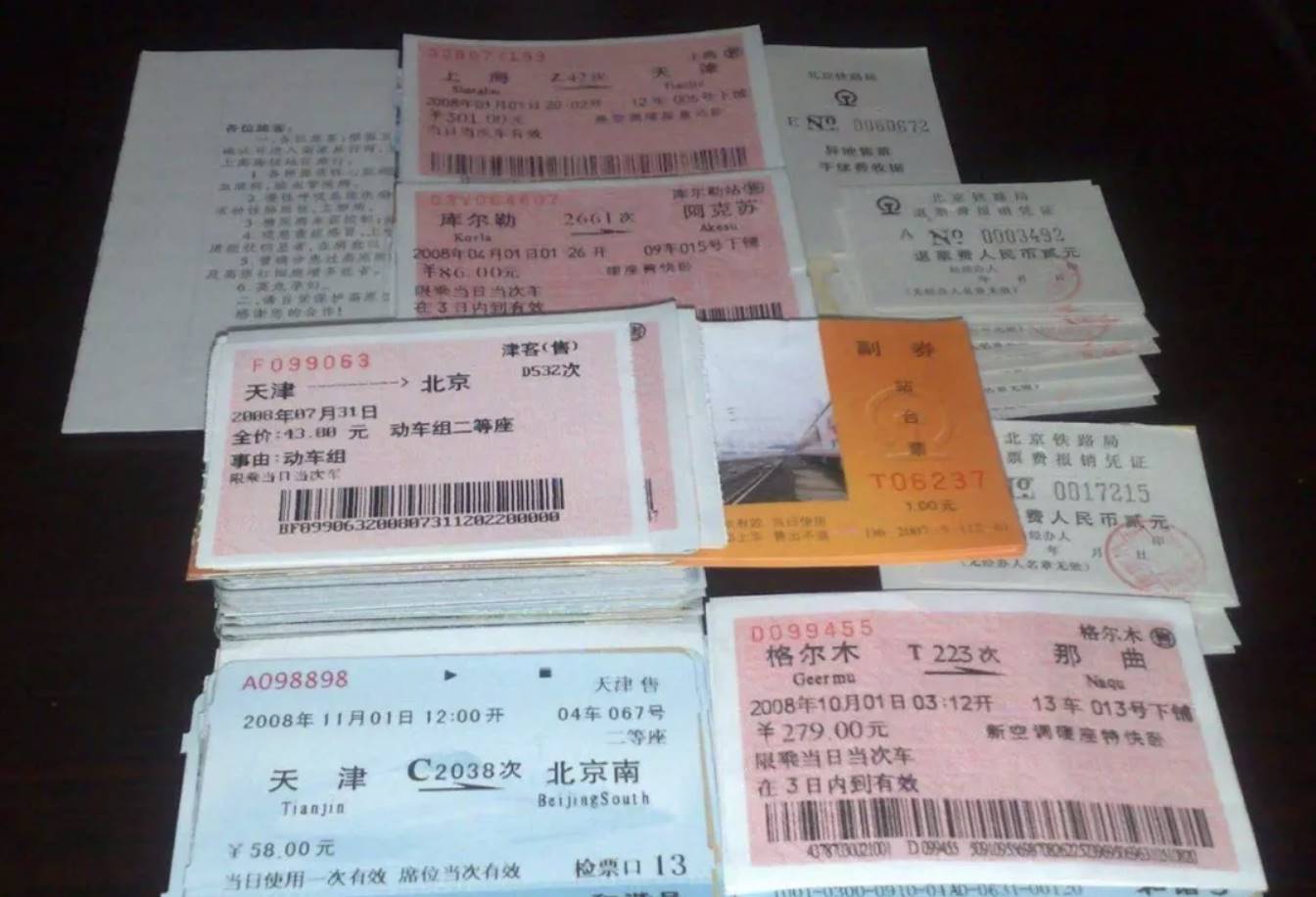
Image: Li said
In 2013, Wang Chun used high-speed trains to check off all provinces in China, then shifted his check-in tasks to the sky, documenting each flight on social media.
"This is my 110th flight in 2019, CA4029 flight from Chengdu Shuangliu to Beijing Daxing. This flight is the inaugural flight of the CA CTU-PKX route, hence no detour to Ordos." On October 27, 2019, Wang Chun wrote in his friend circle.
In 2021, even amidst the pandemic, he visited 27 countries that year and set foot on the Antarctic continent, traversing snow-covered wastelands to experience the harshness and solitude of the Earth's southernmost point.
Two years later, in 2023, he ventured to the frozen lands of the Arctic, exploring the vast ice fields and the wonders of polar day and night.

His life goal is to travel to all countries and regions listed in the ISO3166 code, totaling 249.
"My own journey is shaped by a lifelong curiosity and a fascination with breaking boundaries," Wang Chun once explained his love for travel in an interview.
Currently, Wang Chun has completed 54% of his target journey (135 out of 249) and has extended his check-in map to space.
"Hello, Antarctica.
Unlike what I had previously imagined, looking down from 460 kilometers high, it is a pure white expanse, with no signs of human activity."
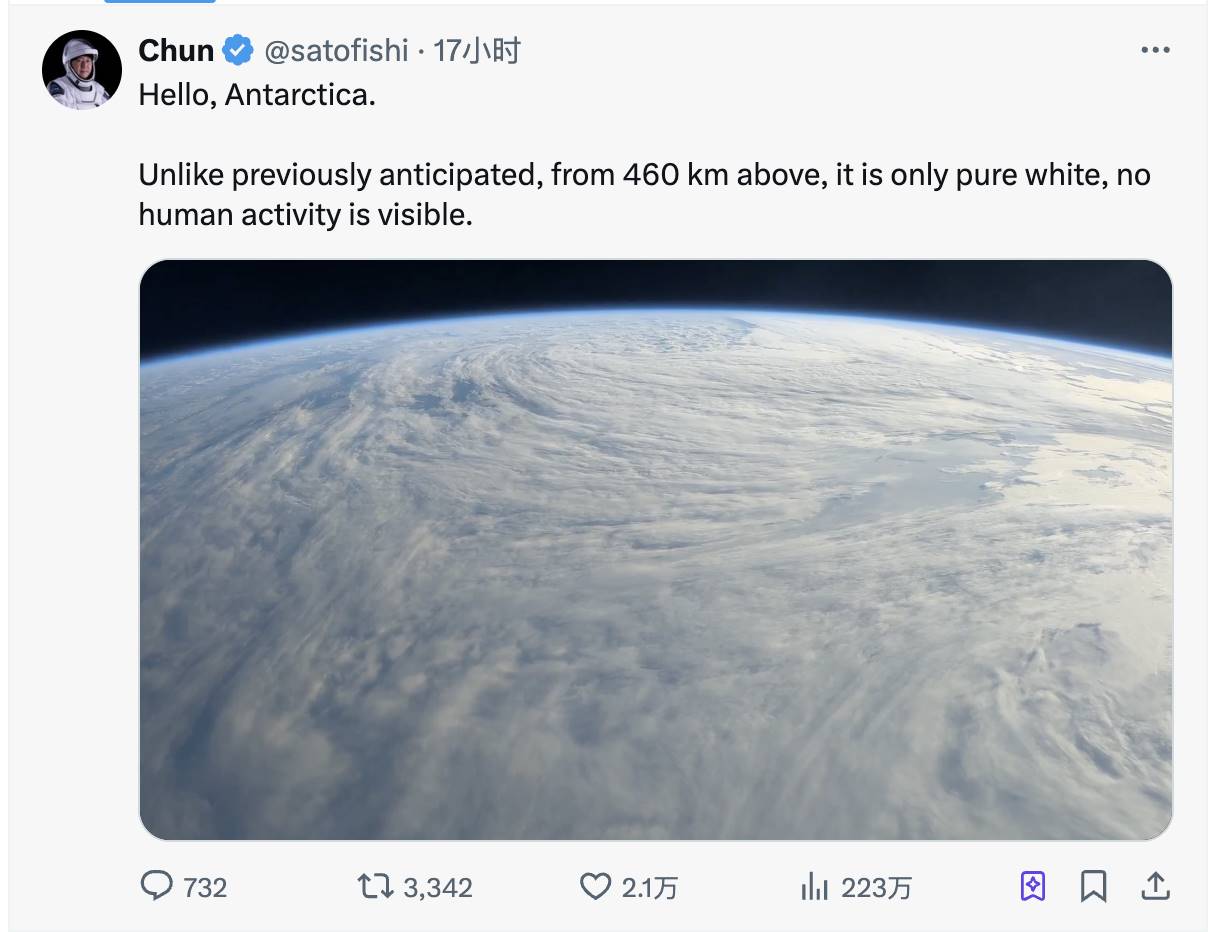
At 16:14 on April 2, Wang Chun posted his new check-in above the polar region.
This time, he re-examined the land he had once measured with his own feet from a completely new perspective.
Counting, Ascending
"Counter," this is the title given to Wang Chun by his friend Super Jun.
This title can be interpreted as him measuring time with blocks and maintaining the order of the blockchain with computing power. A more direct explanation is that he has an almost obsessive love for numbers.
Since childhood, he has been keen on reciting the digits of pi, the square root of two, and the square root of three, even memorizing private keys.
When interviewing employees, he would even ask candidates, "What is a certain digit of pi?"
Most notably, he maintained a QQ signature count for 2,523 consecutive days. Starting from middle school, he changed his signature daily to an incrementing number, from 1 to 2,523, stopping only when he got bored, ultimately ceasing at 2,523.
This seemingly random number later became the origin of the name for the F2Pool mining pool he co-founded with "Seven Colored Fish"—the "2" comes from the first character of his QQ nickname "2523."
In the cryptocurrency industry, people often like to give Bitcoin OGs a nickname, "The Lord of Ten Thousand Coins."
No one knows exactly how many BTC Wang Chun had at his peak, but it is certain that it was definitely more than ten thousand. Wang Chun has also openly told friends how much Bitcoin he "wasted."
For example, in 2016, Wang Chun sold 5,000 Bitcoins to purchase a luxury apartment on the 67th floor of the Pixel Building in Bangkok, when the price of Bitcoin was 6,000 RMB; today, the price of Bitcoin is 600,000 RMB.
In addition to being a Bitcoin whale, Wang Chun is also a supporter of Dogecoin. He once operated http://dogecoin.org and produced a Dogecoin movie titled "Dogecoin Billionaire," which he later donated to the Dogecoin Foundation.
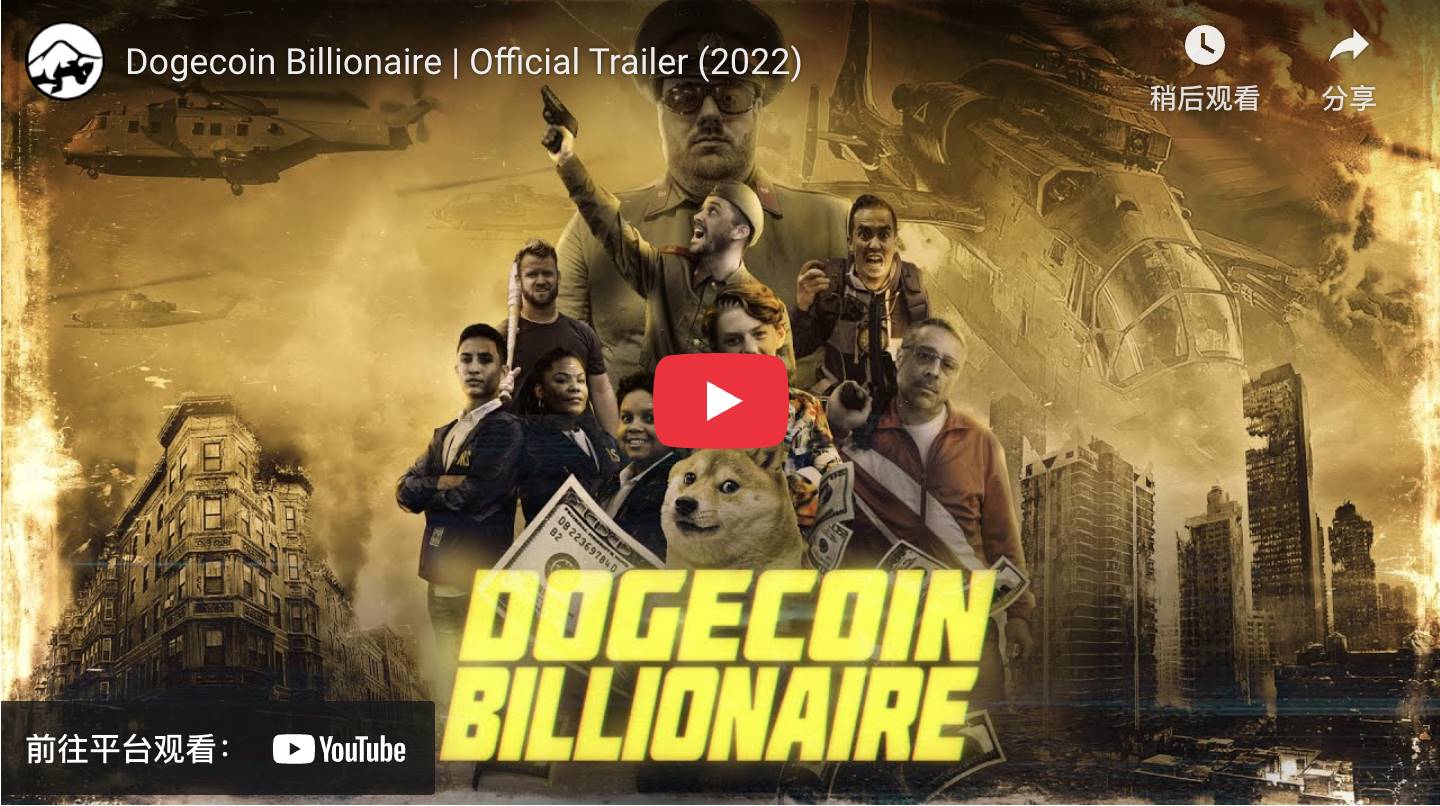
On November 11, 2024, Wang Chun proudly stated that since the launch of F2Pool in 2013, they have mined 16.2 billion $DOGE, accounting for 11% of the total existing Dogecoin supply.
(Note: The 16.2 billion DOGE is the result of collective mining by the entire pool and its miners, not Wang Chun's personal mining output. The mining pool plays a role in organizing and allocating computing resources, providing stable mining services for miners worldwide.)
The next day (November 12), Wang Chun made a bold statement, "If the price of DOGE breaks $1, I will purchase a mission to Mars and fly over Phobos, named Marsrise, with a launch date of January 19, 2029, the last day of Trump's term."
Equally passionate about space, Wang Chun's life seems destined to intersect with another Dogecoin supporter—Elon Musk, as Wang Chun is also a Tesla owner.
Now, Wang Chun has boarded SpaceX's Dragon spacecraft, "traveling" in Earth's polar orbit, accompanied by the stars.
He carried a piece of deck wood from the 19th-century polar exploration ship "Fram" on the mission, paying tribute to the spirit of polar exploration.
On the Fram2 official website, a "Star Wars"-style opening subtitle rolls:
At 21:46:50 Eastern Time on March 31, 2025, SpaceX will launch Fram2. You will see human spaceflight like never before.
Following the glorious path of early brave polar pioneers, a four-person space exploration team from six countries will become the first humans to fly over the Earth's poles and witness the polar wilderness from space. They will orbit the Earth for 3 to 5 days…

The crew plans to complete 22 scientific experiments during the mission, including photographing auroras and studying the effects of microgravity on the human body. These experiments will not only provide data for scientific research but also accumulate experience for future space exploration.
In an interview with CBS, Wang Chun said: "This mission is not about going to space; it's about pushing boundaries and sharing knowledge… We hope our mission can inspire more people to pursue their curiosity."
Stefan Zweig wrote in "The Stars Shine Down on Humanity": "The greatest fortune in a person's life is to discover their mission in the middle of their life, at the peak of their youth."
Wang Chun is fortunate, simple, and pure.
A former Bitcoin miner stated that although he disagrees with Wang Chun on certain ideological points, he admires his unwavering commitment to his mission and passion, without being alienated by the crypto circle.
In his view, the crypto circle is a big dye vat, where most early participants come from grassroots backgrounds. Many people, after becoming wealthy overnight, release their human desires and indulge in the noisy nightlife, while only Wang Chun actively embraces solitude.
His ex-girlfriend commented on Wang Chun, saying he is not like others in the crypto circle. "In his world, apart from code, there are only stars and the sea. I envy how he can maintain his unique 'childlike' spirit amidst the chaos of the crypto world. Having fewer friends might be his optimal solution."
In March, Wang Chun posted a tweet with a photo of him next to the Moai statues on Easter Island in Chile, alongside a corresponding Ghibli-style AI image, captioned, "Artificial intelligence is making our world a better place."
This may be the life Wang Chun yearns for, seeking his own tranquility and freedom at the intersection of technology and poetry.

Wang Chun's story begins with numbers and order; he counts in time, counts in space, and then completes the countdown before the Falcon 9 rocket launch, searching for the true stars in polar orbit.
At this moment, he gazes at the more distant starry sea. This journey, expected to last 3 days and 14 hours, is an unfinished adventure and an unfulfilled dream of humanity.
Beyond the stars, there is still more unknown waiting, and Wang Chun is still on the road.
References:
"Wang Chun: Why I Don't Buy a Private Jet," Zhang Li
"Counter Wang Chun," Super Jun
Tencent News: "Who is Wang Chun? Why Did He Spend $200 Million on a Private Space Travel Ticket?"
"How to Fly to Space for $1: Story of Early Bitcoin Investor Wang Chun," Eugene Komchuk
CNN: "SpaceX is Set to Launch 4 People on a First-of-Its-Kind Mission Around Earth’s Poles. Here’s What to Know."
CBS: "SpaceX's Fram2 Launch Sends Civilian Crew into First Flight Around Earth's Poles."
免责声明:本文章仅代表作者个人观点,不代表本平台的立场和观点。本文章仅供信息分享,不构成对任何人的任何投资建议。用户与作者之间的任何争议,与本平台无关。如网页中刊载的文章或图片涉及侵权,请提供相关的权利证明和身份证明发送邮件到support@aicoin.com,本平台相关工作人员将会进行核查。




